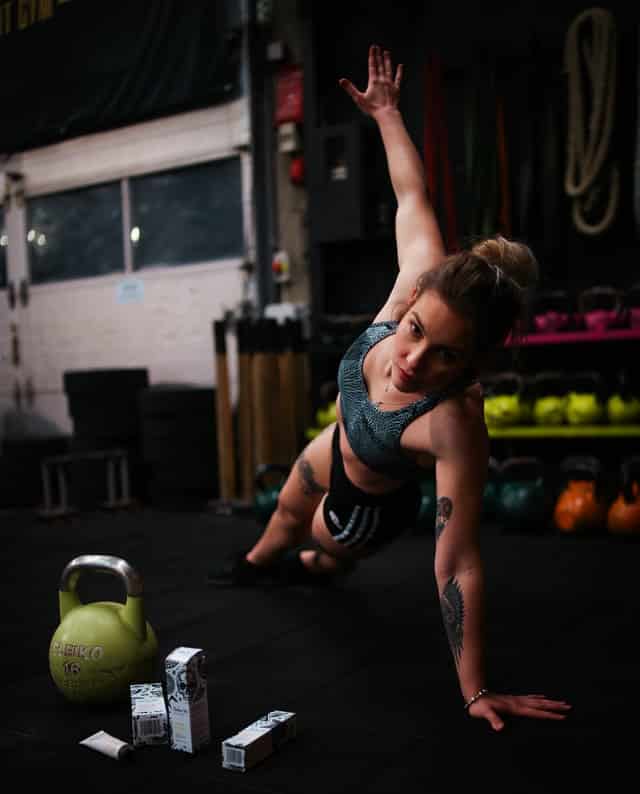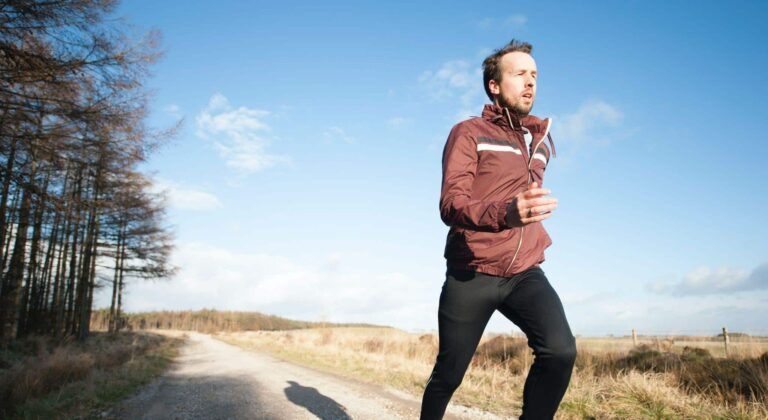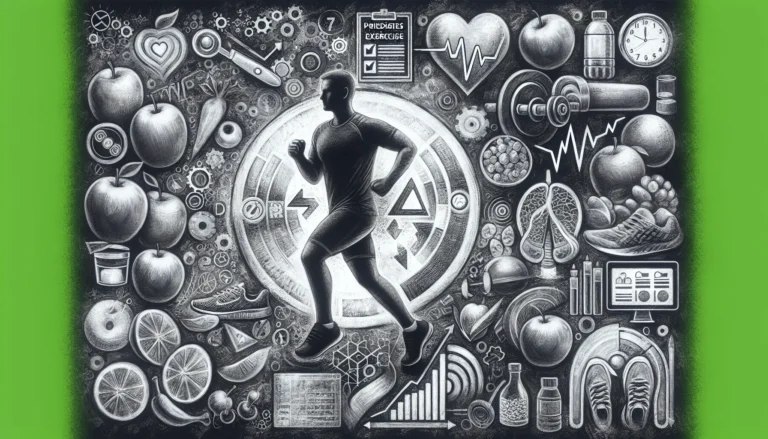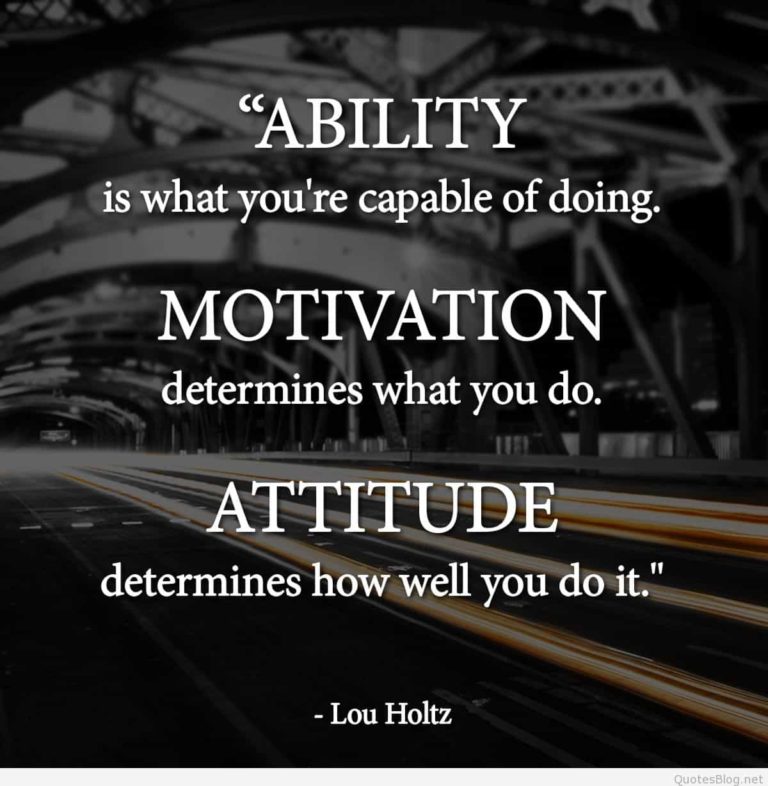Harnessing the Benefits of Exercise for Type 1 Diabetes
Learn about the benefits of exercise for type 1 diabetes! Learn how to manage glucose and minimize complications.
Benefits of Exercise for Type 1 Diabetes
Workin’ out ain’t just for the bodybuilders. If you’re dealing with type 1 diabetes, sweatin’ it out in the gym or even just takin’ a brisk walk has some real perks. Let’s chat about how movin’ our bodies helps keep that blood sugar in check and keeps those pesky complications at bay.
Impact on Blood Glucose Control
Gettin’ up and movin’ regularly can seriously help us manage our blood sugar. By stickin’ to a solid exercise routine, we can make our bodies better at usin’ insulin. Basically, our cells gobble up the insulin a bit more efficiently, which helps keep our blood sugar from bouncin’ around like a pinball. The American Diabetes Association says spendin’ about 150 minutes a week on moderate exercise boosts blood sugar control.
Table: Impact of Exercise on Blood Sugar
| Activity Level | Glucose Management (%) |
|---|---|
| Couch Potato | Not so hot |
| Rackin’ up 150 mins/wk | Pretty good |
| High Gear | Awesome |
Whether we’re doin’ some cardio or pumpin’ iron, regular exercise keeps our glucose nice and steady, so we’re not fiddlin’ with our insulin every five minutes. Wanna balance exercise with your diabetes routine? Check out our guide on type 1 diabetes and physical activity.
Reducing Risk of Complications
Givin’ our bodies regular workouts doesn’t just help with sugar, it handles other diabetes issues too. Keepin’ active lowers the chances of add-ons like high blood pressure, heart messes, nerve hassles, and eye problems (Healthline).
The experts over at The Lancet say adults with type 1 diabetes that exercise regularly have fewer heart troubles, like heart attacks or strokes (source). Plus, the CDC gives exercise a thumbs-up for weight management, mood-boostin’, and catchin’ more ZZ’s for better health overall. As a result, this kinda verifies the benefits of exercise for type 1 diabetes.
Table: Shrink Those Complication Risks With Exercise
| Complication | Risk Diminished By (%) |
|---|---|
| High Blood Pressure | 25% |
| Heart Trouble | 30% |
| Nerve Nuisance | 20% |
| Eye Issues | 15% |
Keepin’ in shape also helps us stay within a healthy weight, which is a big deal in dodgin’ various diabetes-related problems. For workout routines that get along with type 1 diabetes, swing by our exercise plan for type 1 diabetes page.
When we’re in the know about the good stuff exercise does for our diabetes, we can roll up our sleeves and boost our health for the long haul. For more juicy deets on how movin’ and groovin’ impacts type 1 diabetes, check out our piece on the effects of exercise on type 1 diabetes.
Recommended Exercises for Type 1 Diabetes
Getting your heart pumping and muscles moving is not just for staying fit. For folks managing type 1 diabetes, it’s like having an extra tool in the belt. Regular activity helps juggle insulin doses with food and keeps everything in check. So let’s explore the kinds of exercises that do wonders for people with type 1 diabetes.
Aerobic vs. Anaerobic Activities
No need to get all science-y here, but knowing the difference between aerobic and anaerobic workouts helps keep blood sugar levels where they should be when you’re breaking a sweat.
Aerobic Activities:
These include stuff like walking the dog, going for a jog, splashing in the pool, or biking around town. They get your heart rate and breathing up, but not in a frantic way, and they gently nudge blood sugar levels downward.
- What’s Good About Them: They gradually help lower your blood sugar and keep your heart strong and healthy.
- Throw These in Your Mix: Take a brisk walk, swim some laps, or enjoy a ride on your bike.
Anaerobic Activities:
Here we’re talking short, intense blasts like lifting weights, sprinting to the finish line, or crushing a round of HIIT. These can make your blood sugar spike a bit because of all the adrenaline surging through your veins.
- Perks: They might make your blood sugar do a little jump initially.
- Add These to Your Routine: Pick up some weights, sprint like you’re being chased, or get into HIIT workouts.
| Type of Exercise | Example Task | What It Does to Blood Sugar | How Long It Lasts |
|---|---|---|---|
| Aerobic | Brisk walk | Lowers it gradually | 30-60 minutes |
| Anaerobic | Weight lift | Might see a short rise | 10-30 minutes |
Want more tips? Swing by our type 1 diabetes and physical activity section for more scoops.
High-Intensity Interval Training
HIIT – it’s like the buzz on everyone’s lips now. Super intense spurts of activity mingled with chill breaks are the name of the game. It’s got some ace benefits for folks with type 1 diabetes.
- Getting a Handle on Blood Sugar: HIIT shuffles between being intense and relaxed, improving how the body handles insulin and keeping blood sugar in check. Find out more.
- Time Saver: HIIT sessions are short but sweet, fitting right into those busy diaries.
| HIIT Session | How Intense? | How Long? | When to Do It |
|---|---|---|---|
| Sprint Intervals | Up There | 20-30 minutes | 3-4 times a week |
| Circuit Training | Mix It Up | 30-40 minutes | 2-3 times a week |
To squeeze the goodness out of HIIT and other exercises, having a structured exercise plan for type 1 diabetes is a smart move.
Keep an eye on insulin and carb intake because, let’s face it, going too low or high isn’t fun. Check out our piece on effects of exercise on type 1 diabetes for some extra pointers on keeping your blood sugar in the safe zone while exercising.
Managing Blood Glucose Levels During Exercise
Let’s face it, keeping our blood glucose in check while exercising is like juggling flaming torches—it takes some skillful planning and keen observation. Yet, if we ace it, the benefits of exercise for type 1 diabetes are ours for the taking.

Pre-Exercise Preparations
Before we hit the treadmill or take that spin class, a bit of prep goes a long way in keeping those glucose levels from going haywire. According to the powers that be over at ADA, planning ahead doesn’t just save stress—it literally can save our skin.
Here’s a quick playbook for pre-exercise:
- Checking Blood Glucose: We gotta see where we’re starting from, so grabbing that glucometer for a pre-sweat sesh check is rule number one.
- Snack Attack: If our glucose levels need a little nudge upwards, munching on a light carb snack keeps us running smooth instead of running on empty.
- Carb Standby: Quick carbs are our best backup dancers. A pouch of glucose tablets or a juice box ought to tag along in case glucose takes an unexpected dip mid-jog.
| Pre-Exercise Blood Glucose Level (mg/dL) | Suggested Action |
|---|---|
| < 100 | Grab a snack |
| 100 – 180 | Get those sneakers on! |
| > 180 | Keep an eye on ketones and proceed with caution |
With those pointers in mind, we can gym it up safely and effectively. Dive deeper into the nitty-gritty with our type 1 diabetes and exercise guidelines.
Monitoring and Adjusting Insulin Dosage
Keeping tabs on our glucose during workouts (and after) isn’t just a good idea—it’s essential to see how the sweat sesh affects our system. The ADA suggests a bit of trial and error to figure out how different workouts vibe with our bodies.
Here’s the game plan:
- On-the-Job Monitoring: Spot checks throughout exercise keep us in the know about what’s happening under the hood.
- Insulin Tweaks: Depending on the glucose numbers, we might need to fiddle with insulin dosages. Like maybe dial down that basal insulin a notch on the pump during a lengthier session.
- Snack Time, Again: Post-exercise carb grub helps top off our energy stash and fend off that sneaky post-exercise hypoglycemia.
| Timeframe | Recommended Action |
|---|---|
| Before Exercise | Get those glucose numbers; snack if needed |
| During Exercise | Regular checks; snacks as required |
| After Exercise | Keep tabs on glucose; carb up to replenish |
Balancing food intake with exercise intensity and the insulin in our system is like walking a tightrope, but mastering it is the ticket to avoiding hypoglycemia. For more tips and tricks, peek at our exercise plan for type 1 diabetes.
Having our healthcare team on speed dial can give us the edge too, offering personalized advice on insulin and carb intake tweaks to match our workout regimen (source). By charting our exercises and tracking glucose levels, we arm our healthcare cheerleaders with the info they need to keep us on track and unstoppable.
Special Considerations for Different Age Groups
Let’s dive into the exercise scene for folks with type 1 diabetes—specifically, the kiddos, those moody teens, and us grown-ups. Each age group has its own groove and quirks when shaking out a healthy lifestyle, so let’s break it down.
Children and Exercise
For the little ones dealing with type 1 diabetes, keeping them moving is important for both a healthy body and mind. Kids tend to stumble into playtime naturally, but for those with type 1 diabetes, a bit of planning goes a long way. The American Diabetes Association suggests that even the tiniest tots should be up and about. Toddlers should be active for at least 30 minutes daily, with more playing and less lounging.
When it comes to the slightly older kids, throwing around a ball or just running wild for at least an hour a day can be beneficial. But they may need a little extra in the carb department, depending on how hard and long they’re at it—think 5-15 grams of carbs every half-hour of full-tilt fun. Even though the benefits of exercise for type 1 diabetes is significant, adults in charge should keep an eye on the kiddo’s sugar stats to avoid any hiccups.
| Age Group | Minimum Physical Activity Per Day |
|---|---|
| Infants | Active play |
| Toddlers | 30 minutes |
| Children & Adolescents | 60 minutes |
It’s on the grown-ups to have those carb-loaded snacks ready and to keep tabs on the little one’s glucose levels. This way, the kids can focus on exploring their world without a care—or a high or low—bringing them down.
Teens and Adults Engagement
Teenagers with type 1 diabetes have different hurdles, like juggling school, friends, and all those teenage feels. Exercise should fit into their lives like a favorite playlist—motivating and enjoyable.
For teens and adults, working up a sweat helps manage blood sugars and keeps the ticker in good shape. It’s crucial they find a personal rhythm amongst insulin shots, meals, and sweat sessions. As the ADA points out, routine stuff like chores and yard work also gets the body groovin’.
| Age Group | Minimum Physical Activity Per Day |
|---|---|
| Teens & Adults | 60 minutes |
For us adults, staying active does wonders—not just for controlling those sugar spikes but also for keeping the doctor away. The goal is to blend physical activities into our lifestyle that cater to what we like and our fitness levels to keep us coming back for more.
Staying active isn’t just about ticking a box; it brings a ton of perks. By keeping an eye on how our body’s responding, we can make the most of our exercise efforts. For the nitty-gritty on staying fit and healthy with type 1 diabetes, swing by our guide on type 1 diabetes and exercise guidelines.








Leave a Reply